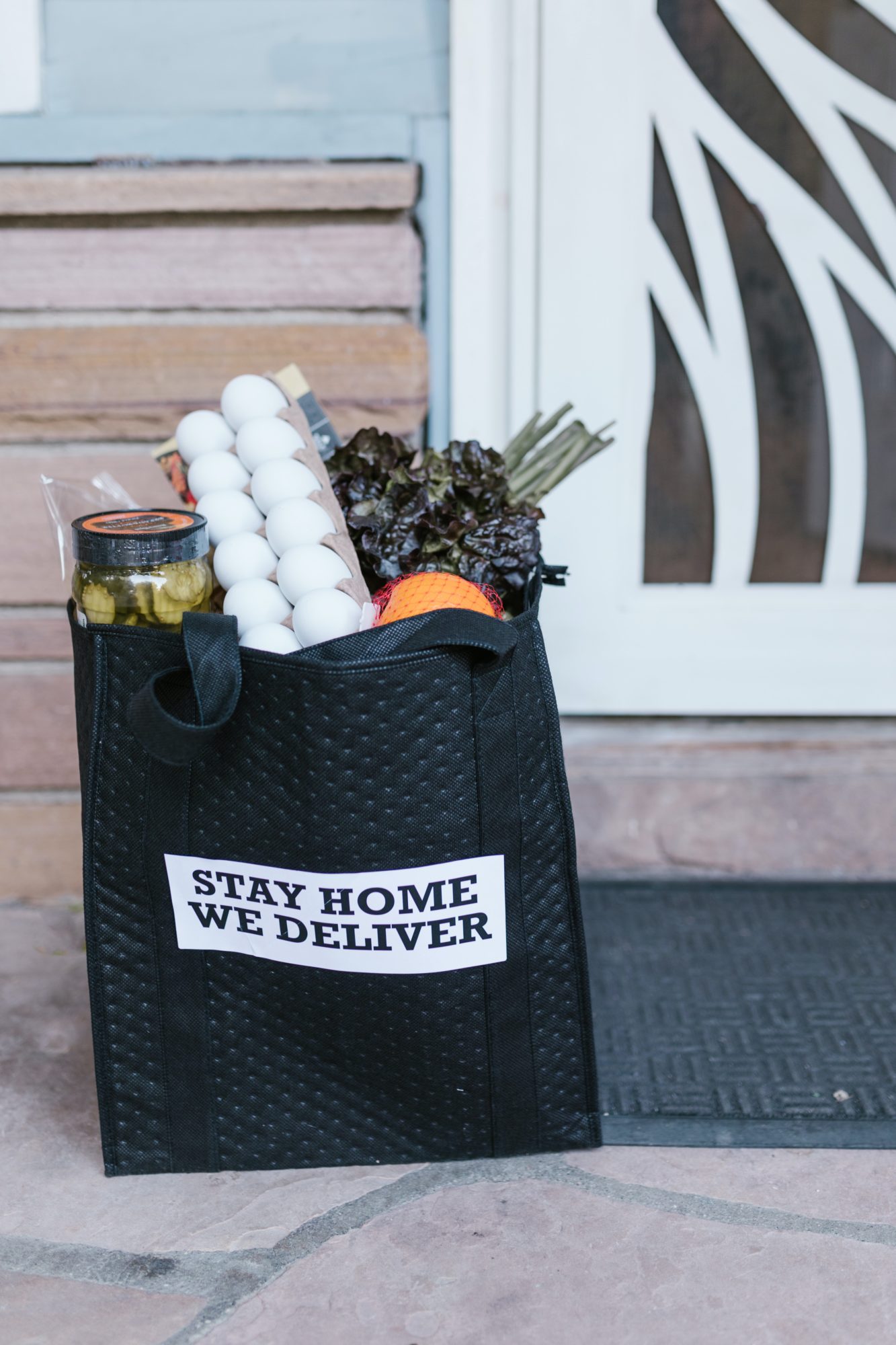
Food Delivery Services Add Grocery Ready-to-Eat Selections
Grocery Stores Redesign Pickup Locations for Prepared Food
The delivery service industry has boomed in recent years due, at least in part, to the pandemic. According to MarketWatch, food delivery service apps have more than doubled since the beginning of the COVID 19 pandemic, but home delivery has gone far beyond take-out food. As a result, delivery service apps are growing and evolving. DoorDash’s new DashMart service, for example, has added more grocery-store partners and even now offers convenience-store and pharmacy pickups and deliveries. In addition to restaurant food, customers want delivery services for everything from dry cleaning and new clothing to alcohol and prescriptions. Services like Instacart, DoorDash, GrubHub, TaskRabbit, OnDemand, and so many more now offer pickup of prepared foods from grocery stores in some areas of the country.
Americans Want Convenience
Americans are busy people, and even before the pandemic, families often looked for convenient ways to put meals on the table, especially on a hectic day. Unfortunately, many don’t always have time to prepare food for their families with their schedules. To spend quality time together as a family, rather than cleaning up pots, pans and dishes after dinner, they turn to convenience foods, and although restaurant or fast food is okay sometimes, some less expensive alternatives come from the grocery store.
Grocery Store Prepared Foods Cost Less
Ready-to-eat foods in the hot or cold cases at your grocery store cost less than restaurant versions of the same. For example, a premade salad at the store might cost $5-$6, whereas a fast-food restaurant salad costs $6 or $7, and a full-service restaurant salad can cost as much as $12. A 24-ounce container of ready-made soup from a grocery store is usually about $6- $8, which will serve 2 or 3 people. That’s $2-$3 per serving vs. as much as $10-$12 per serving at a typical full-service restaurant. These are just general comparisons, and some restaurants may have lower costs and food stores higher costs, but overall, most prepared foods cost less at the store than they do from restaurants. So especially if you’re buying for a family of five, the savings can be significant for just a single meal.
Lower-income families, especially those with a single parent or both parents working, are busy, too, but need to save money. Choosing premade store options when they don’t have time to cook costs less than restaurant foods. In addition, they can use SNAP funds (Supplemental Nutrition Assistance Program) to purchase ready-to-eat foods at a grocery store, whereas SNAP can’t be used at a restaurant or fast-food establishment. A trip to the store can be difficult for families without transportation or with young children, and many people tend to avoid a trip to the store these days because of the time it takes and the potential health danger it poses. Some stores offer drive-up pickup or home delivery services for all types of groceries, including prepared foods, but where that’s not available, another alternative for consumers is to employ pickup and delivery services.
Workplace Lunch Business
As people return to their offices, factories, and other workplaces, lunch delivery for coworkers and company events presents an opportunity for stores to gain additional prepared food sales. Whether management orders deli platters and salads for a meeting or a group of office workers assemble an order for individual soups and sandwiches, they may want to use a delivery service rather than send someone to pick it up. Grocery stores might want to remodel pickup areas to accommodate these delivery services.
Between customers picking up premade food for a meal, stores offering delivery of the same, and delivery services including ready-to-eat grocery foods, stores are rethinking, redesigning, and updating pickup systems and areas to keep up. The procedure for having ready-to-eat items ready quickly and within a narrow pickup time frame can be more challenging for grocery stores than regular grocery ordering. Besides figuring out how customers can place an order, stores need efficient pickup spaces to take advantage of their customers’ desire for hot and cold prepared food items. Stores can consider designing special spaces, shelving, and cabinetry for customer or delivery service pickups. Some simple remodels can facilitate both drive-up and indoor pickup of hot soups, rotisserie or fried chicken, cold sandwiches and salads, and fresh bakery desserts.
For stores that offer hot and cold prepared foods for pickup, preparing the order and holding it needs to be different than for regular groceries. The areas set aside for organizing and storing grocery orders for pickup probably aren’t ideal for when consumer or delivery services pickup ready-to-eat foods. Stores need special pickup stations where orders can be assembled, bagged, and labeled for pick up and be kept hot or cold until the pick-up occurs. Stores with limited space may need to be especially strategic, using custom-designed, space-saving cabinetry and shelving. They also need signage to help service people find the pickup station and their order and facilitate smooth operations. Other signs might be needed to let them know how to indicate that they’ve picked up.
As delivery services expand, stores can benefit by designing the best system for regular grocery and prepared food pickup. Some smart but simple remodels can improve and increase the delivery service business.
Want to know more about how MDC can help? Drop us a line!

